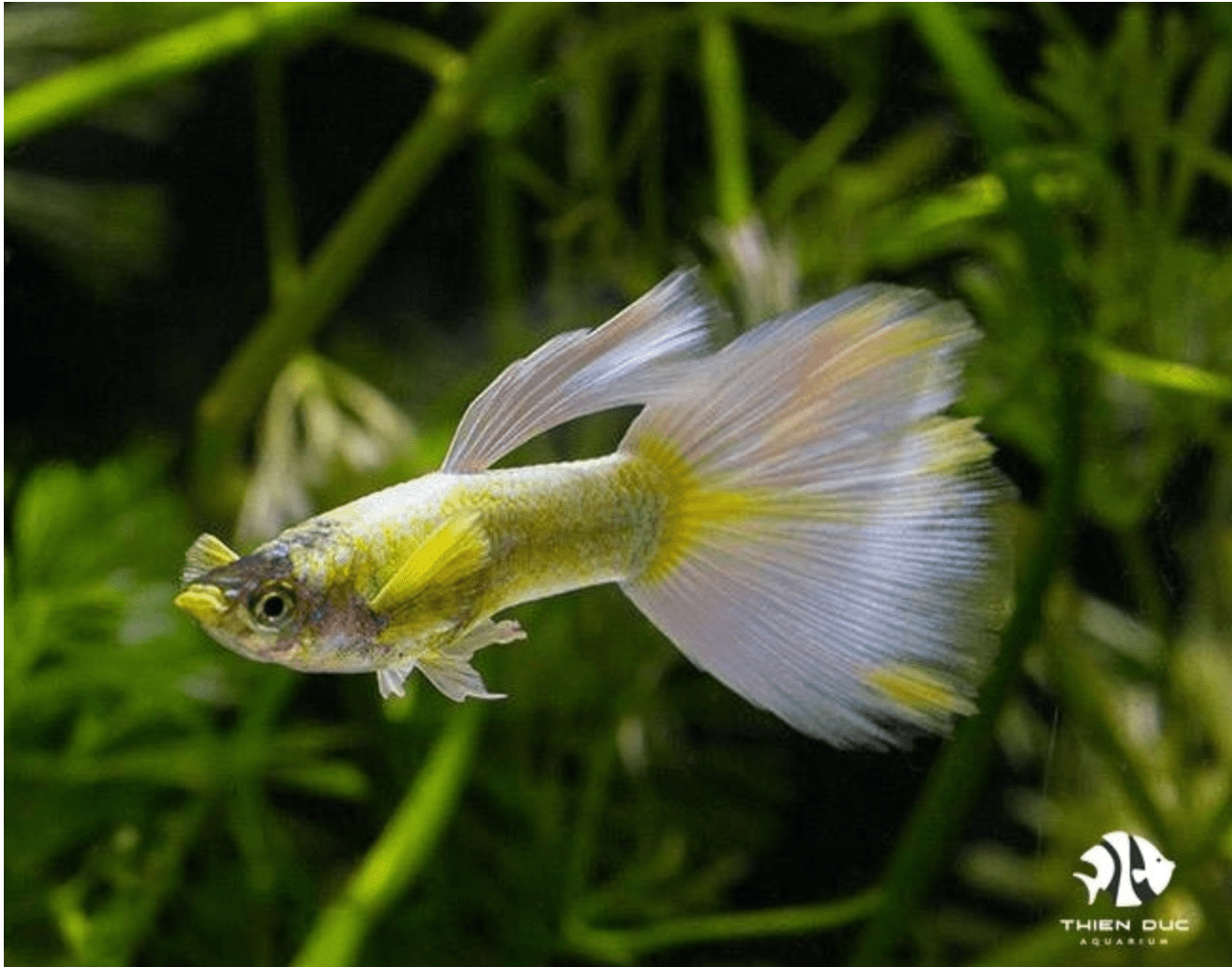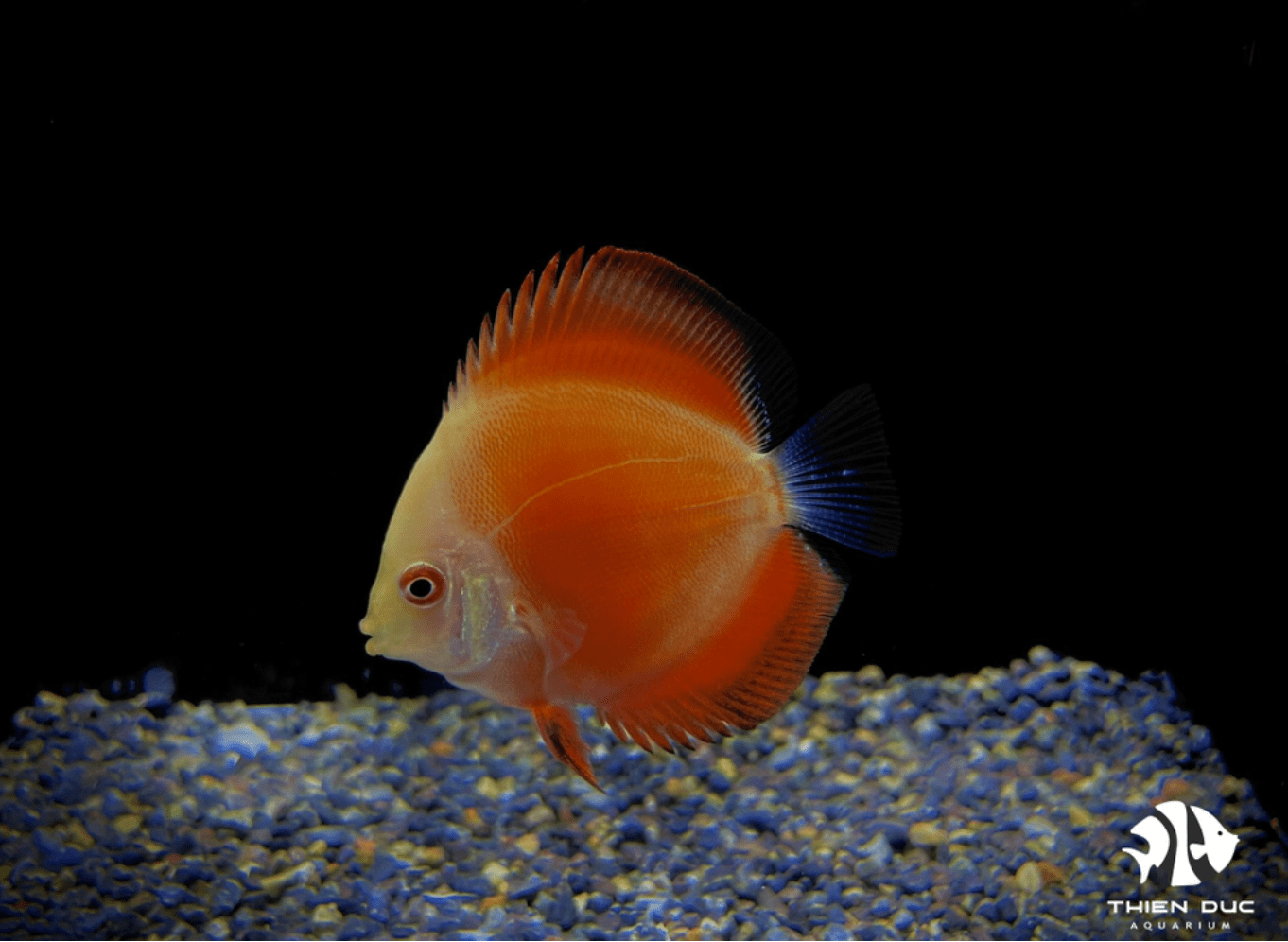Discus Fish Breeding: Professional Techniques for Success
Often hailed as the "King of the Aquarium," the majestic Discus fish presents a rewarding pursuit for dedicated aquarists. The journey of nurturing a pair to the point of spawning is an art form in itself. Mastering the intricacies of Discus fish breeding requires more than just luck; it demands precision, knowledge, and dedication. At ThienDuc Aquarium, we've refined these techniques through years of professional exporting experience, transforming this complex challenge into an achievable goal. This guide shares our proven methods to help you achieve stunning results.
Preparing for Success: The Foundation of Discus Fish Breeding
Before the first egg is ever laid, the groundwork for a successful spawn must be established. This preparatory phase is the most critical component of Discus fish breeding, often determining the outcome before the process even begins. Success starts with a healthy, compatible pair. Look for vibrant, active fish with full bodies and bright, clear eyes. A naturally formed pair is ideal; you will notice them staying close, defending a small territory, and performing a "bowing" dance for each other. While purchasing a proven breeding pair is a reliable option, selecting your own adds to the rewarding experience.

Once you have your pair, a dedicated breeding tank is non-negotiable. This sterile, focused environment minimizes stress and maximizes hygiene. A 20-gallon high (or 50-75 liter) tank with a bare bottom is perfect, as it makes cleaning effortless.
Filtration should be gentle yet effective; a simple air-driven sponge filter is the industry standard. Add a reliable heater set to the correct temperature and a vertical surface for spawning, such as a ceramic cone, PVC pipe, or slate tile. This minimalist discus breeding tank setup removes all distractions and potential hazards, giving your pair the security they need for successful Discus fish breeding.
Mastering the Spawning and Hatching Process
With the right environment established, the next phase of Discus fish breeding involves conditioning the pair and managing the delicate process of spawning and hatching. This stage requires careful attention to diet and water chemistry, as you must replicate the natural conditions that trigger reproduction. By breaking down this complex process into manageable steps, you can confidently guide your fish toward becoming successful parents.
Conditioning Your Discus Pair for Spawning
Conditioning is the process of bringing your fish into peak physical health, ensuring they have the energy reserves for the rigors of spawning and parenting. Diet is paramount. Provide a varied, high-protein menu consisting of high-quality foods like frozen or live bloodworms, brine shrimp, and a premium beefheart mixture. Feed small amounts three to four times a day to build them up without fouling the water.

This rich diet, combined with a rigorous water change schedule, is fundamental to the Discus fish breeding cycle. Frequent, large water changes of 50% or more daily using clean, aged water will not only maintain pristine conditions but also simulate the rainy season, a powerful natural spawning cue.
Critical Water Parameters to Trigger Spawning
Discus are notoriously sensitive, and their willingness to spawn is directly tied to their environment. Replicating their native Amazonian habitat is the key to unlocking their breeding instincts. This is the most technical aspect of Discus fish breeding, where precision is crucial.
-
Temperature: Maintain a stable and consistent temperature between 28-30°C (82-86°F).
-
pH: The water must be soft and acidic. Aim for a stable pH between 6.0 and 6.5.
-
Water Hardness: This is a critical discus spawning trigger. The water must be very soft. A Total Dissolved Solids (TDS) reading between 80-150 ppm is the ideal range.
Achieving these parameters often requires the use of Reverse Osmosis (RO) water remineralized to the target TDS. Maintaining this stability is essential, as fluctuations can cause stress and halt the breeding process.
The Spawning Ritual and Essential Egg Care
As your pair becomes conditioned and the water parameters are perfect, you will observe clear pre-spawning behaviors. They will meticulously clean their chosen spawning site, and their bodies may vibrate or "shiver" as they communicate. The female's breeding tube (ovipositor) will become visible. The female will then lay neat rows of adhesive eggs, with the male following closely behind to fertilize them.
Once the eggs are laid, the parents will take turns fanning them with their pectoral fins to provide oxygen and prevent fungus. It's common for some discus eggs to turn white; these are infertile and are often eaten by the parents. If the pair are notorious egg-eaters, a protective mesh cage can be placed around the spawning cone. This stage of Discus fish breeding is a test of patience.
From Wigglers to Free-Swimming Fry: The First Crucial Days
After approximately 48-72 hours, the eggs will hatch into "wigglers." The tiny fry will remain attached to the spawning surface, nourished by their yolk sacs. You may see the parents carefully move the entire clutch to a new, clean spot in the tank. This is a fascinating part of raising discus fry.
Around day five to seven, the fry will absorb their yolk sacs and become free-swimming. At this magical moment, they will instinctively attach to their parents' sides to feed on their nutrient-rich body slime. This parental secretion is the perfect first food and is essential for their initial development, marking a milestone in successful Discus fish breeding.
Nurturing the Next Generation: Advanced Fry Care
The journey of Discus fish breeding continues with the critical task of raising the fry. For the first week of being free-swimming, the fry will feed exclusively on their parents' slime coat. After about five to seven days, it's time to supplement their diet. The best first food is freshly hatched baby brine shrimp (BBS). Begin offering BBS two to three times a day. The fry will initially peck at it before consuming it eagerly.

As you increase feeding, maintaining water quality becomes even more critical. Daily water changes are essential to remove waste and prevent any buildup of harmful toxins. After about three to four weeks, when the fry are actively eating and growing, it's time to move them to a dedicated grow-out tank. This step reduces the strain on the parents and allows you to focus on the heavy feeding schedule needed for the fry to thrive, completing another successful cycle of Discus fish breeding.
Summary of Successful Discus Fish Breeding
Successful Discus fish breeding is a pinnacle achievement for any aquarist, demanding meticulous preparation, precise water management, and dedicated fry care. By selecting a strong pair, creating the perfect spawning environment, and providing diligent post-hatch nurturing, you can witness the incredible process of raising the King of the Aquarium. At THIENDUC AQUARIUM, we live this process daily, and with these professional techniques, you can achieve success too. For premium quality freshwater and marine ornamentals, trust the experts in Discus fish breeding.
Contact Information Address:
-
Address: 57 Le Thi Sieng, Tan Thong Hoi, Cu Chi, Ho Chi Minh City, Viet Nam
-
Mobile: +84903912501
-
Office: +84982577871
-
Email: thien@thienducaquarium.com










